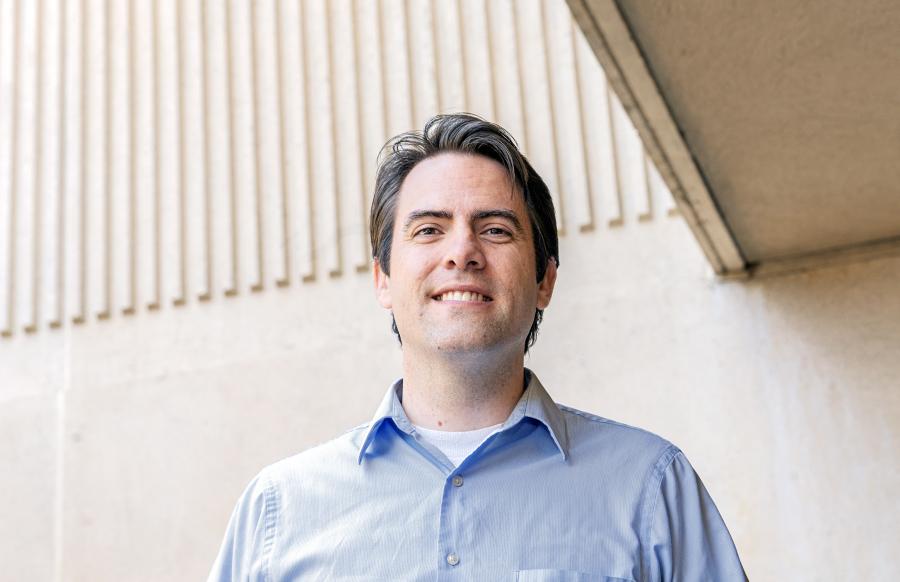PPPL physicist Michael Churchill based the new method on some of the same technology used in a commercial smart speaker and home assistant. The method enables the deep learning form of AI machine learning to predict disruptions directly from raw, high-resolution data from fusion experiments
Major advantage
This capability provides a major advantage over many existing machine learning methods. The technique not only utilizes unmodified raw data, but also recognizes and remembers early developments in a lengthy sequence of events, which is difficult for current techniques to do.
Fusion combines light elements in the form of plasma — the hot, charged state of matter composed of free electrons and atomic nuclei — that generates massive amounts of energy. Scientists around the world are seeking to replicate fusion on Earth for a safe, clean and virtually inexhaustible supply of power to generate electricity.
Disruptions are a sudden loss of plasma control that halts fusion reactions and can seriously damage the inner walls of doughnut-shaped tokamaks, or fusion devices, that house the reactions. Accurate predictions that lead to avoidance of disruptions will therefore be essential for future devices.
Churchill tested the new method on data from a single diagnostic that measures the temperature of electrons in the DIII-D National Fusion Facility that General Atomics operates for the DOE. The results showed that the technique is able to accurately predict early-on if a disruption is imminent. This information can be used to trigger mitigation systems that safely shutdown the discharge. “These findings provide proof-of principle,” said Churchill, who published the results in a refereed paper for the 2019 Conference on Neural Information Processing Systems (NeurIPS) in Vancouver, Canada.
Neural Networks
Deep learning employs neural networks — layers of interconnected nodes that serve as filters to shape predicted outcomes. These outcomes can be anything from language translation, to facial recognition, to disruptions of fusion plasma. Learning kicks in through “back-propagation” when predictions go awry. “The error is fed back through the layers to adjust the filter weights, allowing the network to learn how to make better predictions,” Churchill said.
His deep-learning innovation uses “dilated convolutions,” which expand the data inputs on which neural network filters operate. The expansion allows the network to track long-range, multi-scale characteristics that other networks find difficult to track. “The exciting new capability,” says Churchill, “is that deep learning directly applied to raw data from a single diagnostic can produce useful predictions.”
These findings have broad implications. For example, the process could be used to predict outcomes for long-range, multiscale time-series data that other scientific disciplines collect. And developing understanding of how to transfer trained predictions from one tokamak to another could be critical for predicting and avoiding disruptions on ITER, the international tokamak under development in France to demonstrate the practicality of bringing fusion energy to Earth.
PPPL, on Princeton University’s Forrestal Campus in Plainsboro, N.J., is devoted to creating new knowledge about the physics of plasmas — ultra-hot, charged gases — and to developing practical solutions for the creation of fusion energy. The Laboratory is managed by the University for the U.S. Department of Energy’s Office of Science, which is the single largest supporter of basic research in the physical sciences in the United States and is working to address some of the most pressing challenges of our time. For more information, visit energy.gov/science.
About the DIII-D National Fusion Facility. DIII-D, the largest magnetic fusion research facility in the U.S operated by General Atomics for the DOE, has been the site of numerous pioneering contributions to the development of fusion energy science. DIII-D continues the drive toward practical fusion energy with critical research conducted in collaboration with more than 600 scientists representing over 100 institutions worldwide. For more information, visit www.ga.com/diii-d.
Original post https://alertarticles.info


